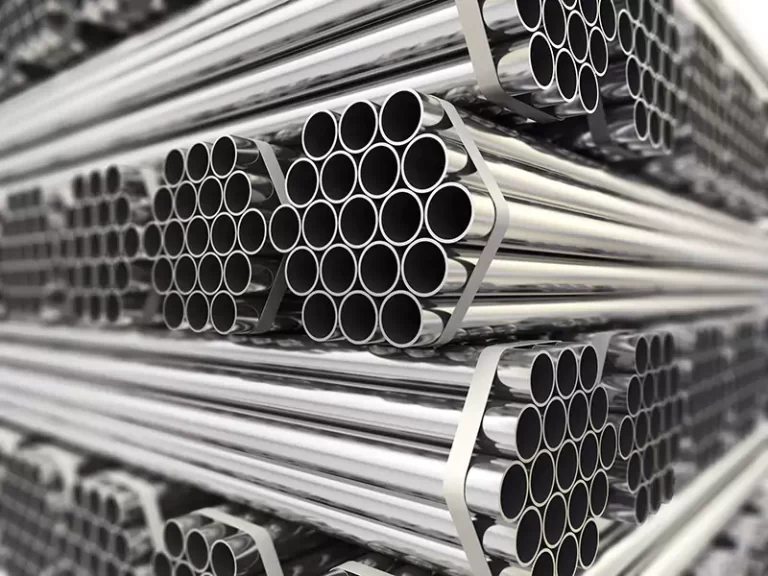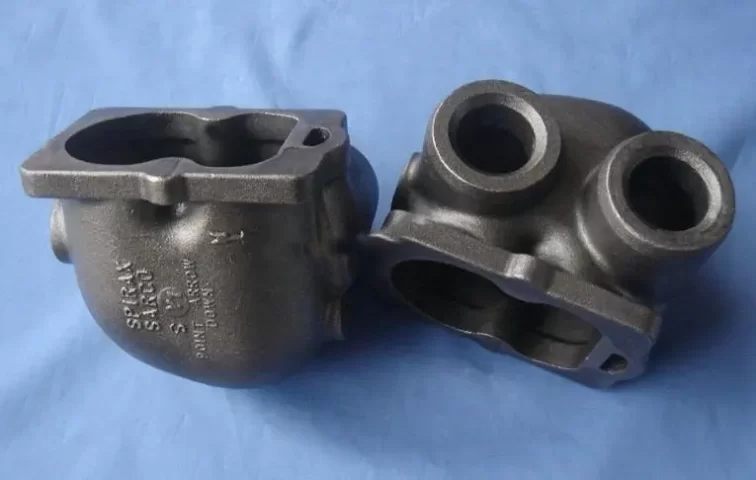Steel vs Cast Iron: A Comprehensive Comparison

Steel Types Carbon steel Alloy steel Stainless steel Tool steel Advantages of Steel Disadvantages of Steel Cast Iron Types Gray iron Ductile iron Malleable iron Advantages of Cast Iron Castability Wear resistance Machinability Cost-effective Disadvantages of Cast Iron Brittleness Corrosion…
